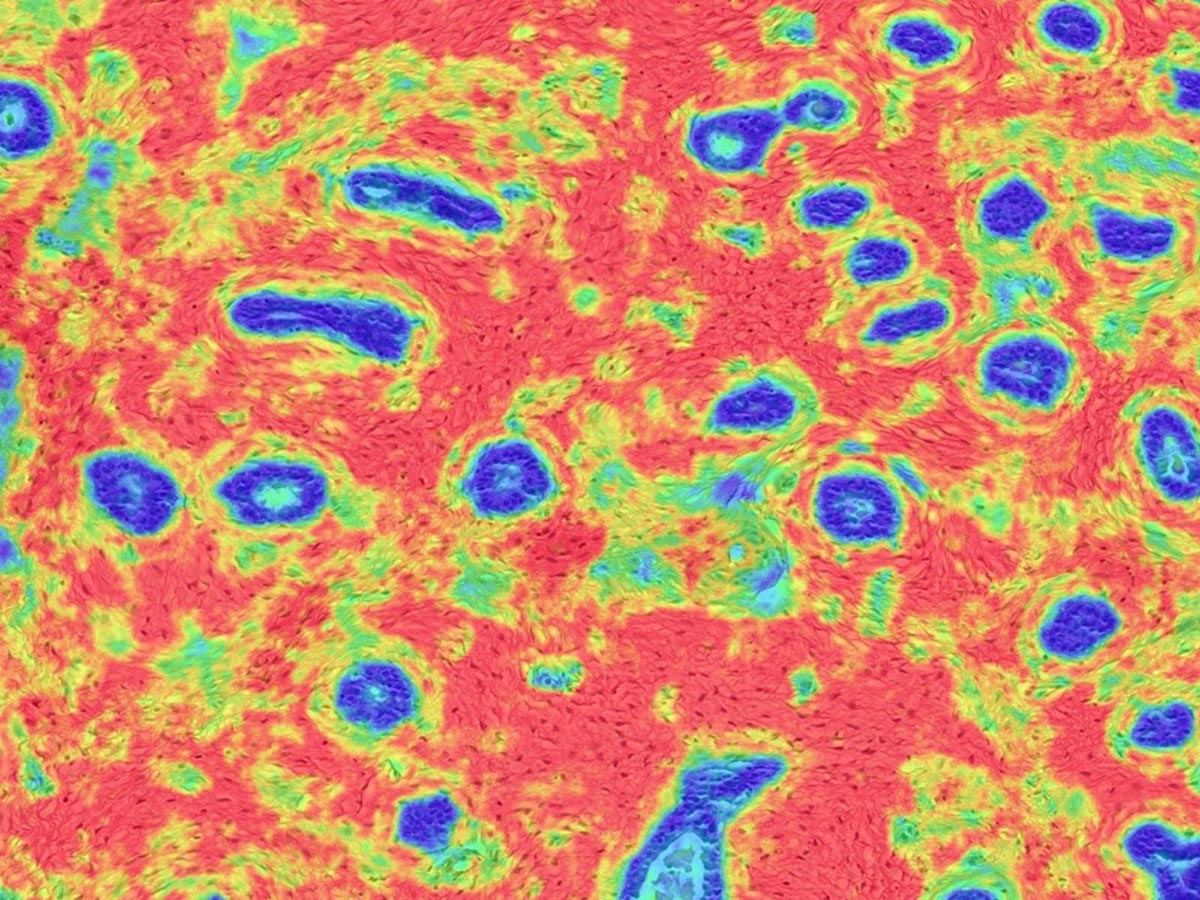The executioner’s shadow: Coerced sterilization and the creation of “Latin” eugenics in Chile.
Autor: Walsh, Sarah
Publication year: 2022
History of science
issn:1753-8564 0073-2753
doi: 10.1177/0073275318755533
Abstract:
Scholars such as Nancy Leys Stepan, Alexandra Minna Stern, Marius Turda and Aaron Gillette have all argued that the rejection of coerced sterilization was a defining feature of “Latin” eugenic theory and practice. These studies highlight the influence of neo-Lamarckism in this development not only in Latin America but also in parts of Europe in the first half of the twentieth century. This article builds upon this historiographical framework to examine an often-neglected site of Latin American eugenic knowledge production: Chile. By focusing on Chilean eugenicists’ understandings of environment and coerced sterilization, this article argues that there was no uniquely Latin objection to the practice initially. In fact, Chilean eugenicists echoed concerns of eugenicists from a variety of locations, both “mainstream” and Latin, who felt that sterilization was not the most effective way to ensure the eugenic improvement of national populations. Instead, the article contends that it was not until the implementation of the 1933 German racial purity laws, which included coerced sterilization legislation, that Chilean eugenicists began to define their objections to the practice as explicitly Latin. Using a variety of medical texts which appeared in popular periodicals as well as professional journals, this article reveals the complexity of eugenic thought and practice in Chile in the early twentieth century.
Language: eng
Rights:
Pmid: 29644879
Tags: Humans; Europe; Chile; *Eugenics/history; *Sterilization, Reproductive/history; coerced sterilization; Eugenics; neo-Lamarckism; racial thought; Sterilization
Link: https://pubmed.ncbi.nlm.nih.gov/29644879/








